How to Figure Out Your Skin Type: A Simple Guide
Knowing your skin type is key to choosing the right skincare products and building an effective routine. But do you actually know your skin type? If not, it can be tricky to pick the products that will work best for you. Here’s how to figure it out and what to look for.
At-Home Methods
The Bare-Faced (Watch and Wait) Method
This method is simple yet effective for getting to know your skin better. Here’s how to do it:
Step 1: Wash your face with a gentle cleanser and pat it dry with a soft towel.
Step 2: Wait for 30–60 minutes without applying any products. This gives your skin time to settle and show you its true needs.
Step 3: After waiting, take a good look at your skin in the mirror and observe what’s going on:
- Dry Skin: If your skin feels tight, rough, flaky, or uncomfortable, it’s probably on the drier side and in need of extra moisture.
- Oily Skin: If your skin looks shiny all over, you likely have oily skin that produces more sebum than usual.
- Combination Skin: Shine will probably be concentrated in the T-zone (forehead, nose, chin), while your cheeks may feel dry or just fine.
- Normal Skin: If your skin feels comfortable and balanced—no excess oil or dryness—you’re lucky enough to have normal skin!
- Sensitive Skin: If you notice redness, stinging, burning, or irritation after cleansing, or after exposure to products, your skin is likely sensitive and requires gentler care.
The Blotting Sheet Method
This simple method helps you determine your skin type by checking for oil production. Here’s how to do it:
Step 1: Cleanse your face, then wait about 30 minutes to let your skin settle.
Step 2: Gently press a blotting sheet onto different areas of your face, focusing on your forehead, nose, chin (T-zone), and cheeks.
Step 3: Hold the blotting sheet up to the light and check for oil:
- Oily Skin: If you see a lot of oil on all areas of the sheet, you likely have oily skin.
- Dry Skin: If there’s little to no oil, your skin is likely dry and could use more moisture.
- Combination Skin: If oil is mostly visible in the T-zone, but not much elsewhere, you probably have combination skin.
- Normal Skin: Minimal oil on the blotting sheet means your skin is normal, with a nice balance of moisture.
| Skin Type | Key Signs |
|---|---|
| Dry | Tight, rough, flaky, little/no oil |
| Oily | Shiny, greasy, oil on blotting paper |
| Combination | Oily T-zone, dry/normal cheeks |
| Normal | Comfortable, balanced, minimal oil or dryness |
| Sensitive | Redness, stinging, burning, irritation |
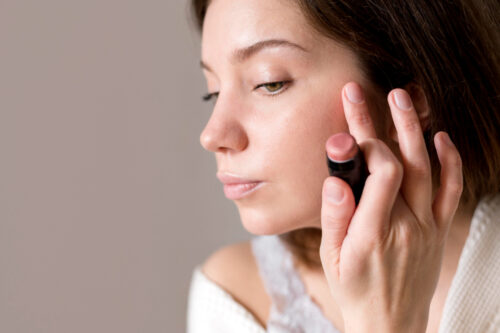
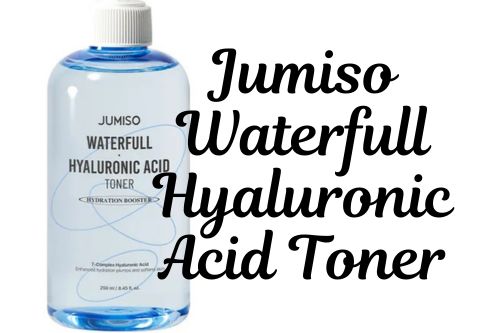
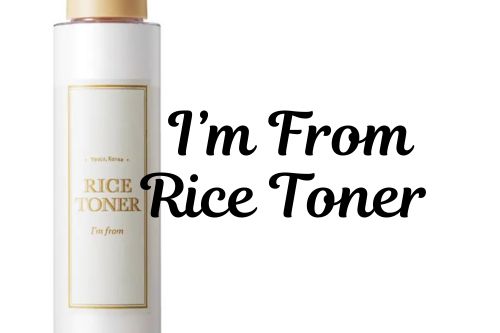
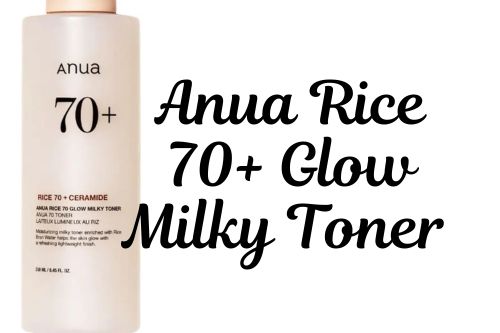
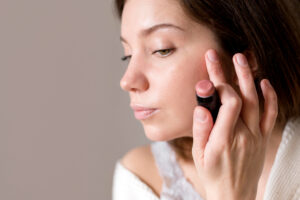
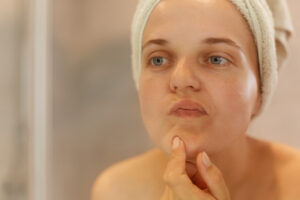
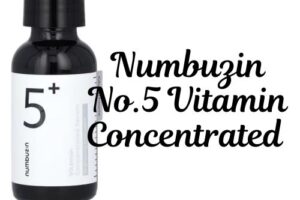
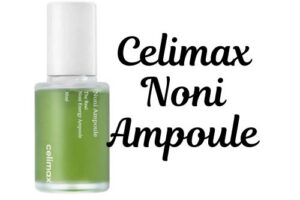
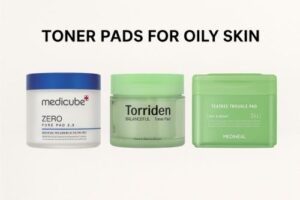
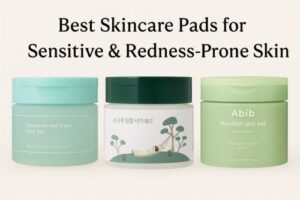

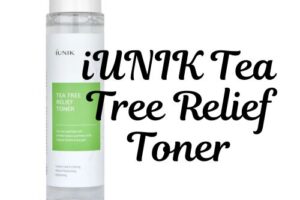
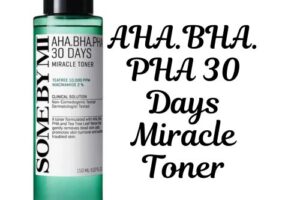

Post Comment